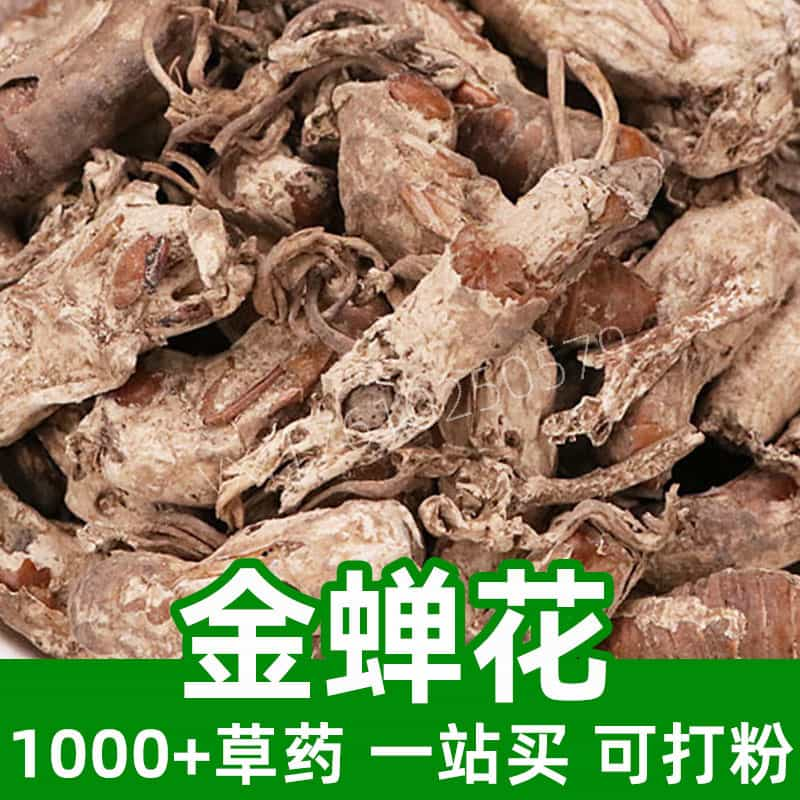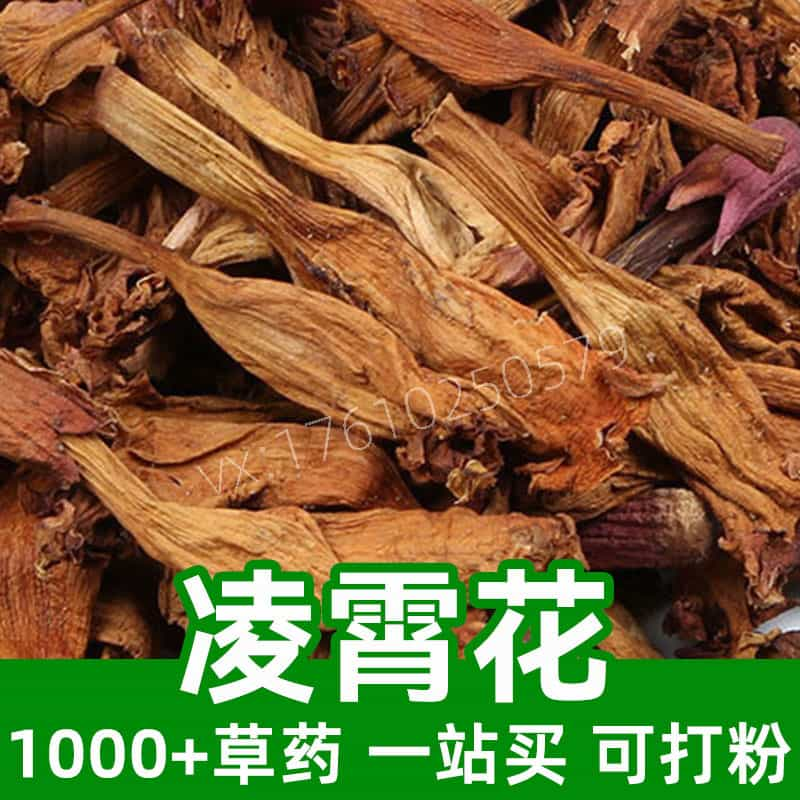Rosehip Product Introduction
Rose hips, also known as rose fruit or barberry fruit, are a mature fruit derived from the rose of the Rosaceae family. Its main ingredients include rich vitamin C, vitamin A, vitamin E and a variety of natural phenolic compounds, such as anthocyanins and flavonoids. The fruit of rose hips is round or oval, covered with obvious thorns on the surface, and turns red or orange-red when ripe. In the field of traditional Chinese medicine, rose hips are often used to promote blood circulation and remove blood stasis, regulate menstruation and relieve pain, and beautify the skin. In the food field, rose hips are often used to make jams, juices, dried fruits and other foods, giving the food rich nutrition and unique flavor.
Main active ingredients of rose hips
Rose fruit, also known as rose hip, contains rich active ingredients, including vitamin C, anthocyanins, flavonoids, vitamin A, vitamin E, etc. Vitamin C is one of its most important active ingredients, which has the effects of anti-oxidation, skin whitening, and enhancing immunity. Anthocyanins and flavonoids are important chemical components in rose fruit, which have antioxidant, anti-inflammatory, anti-aging and other effects, and help prevent cardiovascular diseases and cancer. In addition, vitamin A and vitamin E in rose fruit also play an important role in skin health and immune function, help maintain the elasticity and luster of the skin, and improve the body's disease resistance. In summary, the main active ingredients of rose fruit have multiple effects such as antioxidant, anti-inflammatory, skin whitening, and enhancing immunity, and have a positive effect on human health and beauty.
Application scenarios and dosage of rose hip
Rose hips, also known as rose hips, are widely used in traditional Chinese medicine and food. The following focuses on their applications in these two fields and their usage and dosage:
- Application of Traditional Chinese Medicine:
- Uses: Rosa thorna is used as a herbal medicine in traditional Chinese medicine, often used to regulate qi and blood, nourish yin and nourish the skin, moisten the lungs and relieve coughs.
- Usage: Usually used as a medicinal material alone or in combination with other medicinal materials to make traditional Chinese medicine formulas.
- Dosage: The specific dosage varies from person to person. Generally, it is used according to the doctor's instructions. The common dosage is 10-20 grams per day, which can be adjusted according to the condition.
- Application in food industry:
- Uses: Rosa thorna is also widely used in food processing, often used to make jams, juices, dried fruits and other products to increase taste and nutrition.
- Usage: Usually, after washing and removing the seeds, the rose hips can be eaten directly or processed into various foods.
- Dosage: The amount of consumption varies from person to person. It is generally recommended to consume in moderation and avoid excessive intake.
In traditional Chinese medicine, Rosa thorni is often used in combination with other medicinal materials to make prescriptions, such as with Sichuan Fritillaria, loquat leaves and other medicinal materials to treat respiratory diseases such as cough and asthma. In the food field, Rosa thorni is often used to make jams, juices and other products. Its sweet and sour taste and rich vitamin C are also loved by consumers.
In general, Rosa rugosa has a wide range of applications in traditional Chinese medicine and food. It can be used as a medicinal material to regulate the body and as a food to increase nutrition. However, it is necessary to pay attention to the reasonable dosage during use to avoid excessive consumption or medicinal use.
Introduction to the source plants, distribution and growth environment of rose hips
Rose hips, also known as rose fruit, refer to the fruit of wild or cultivated rose plants, and are a species of rose family. The following is detailed information about the source plant introduction, distribution and growth environment of rose hips:
- Source plant introduction:
- Scientific name: The source plants of Rosa thorni are mainly some plants belonging to the genus Rosa, among which the most common are Chinese rose (Rosa chinensis) and Chinese rose (Rosa multiflora).
- Characteristics: These rose plants are usually thorny, have showy flowers, and spherical or oval fruits that are mostly red or orange-red in color when ripe.
- Distribution:
- Chinese Rose: Chinese Rose is one of the rose plants native to China. It is distributed throughout China, mainly concentrated in the southern regions such as Yunnan, Guizhou, Guangxi and other provinces.
- Rose: Rose is native to East Asia, including China, Japan, Korea and other places. Chinese rose is widely distributed throughout the country, especially in the southern region.
- Growth environment:
- Geographical environment: Rosa rugosa mainly grows in temperate and subtropical regions. The geographical environment suitable for its growth includes mountains, hills, plains and other terrains.
- Climate conditions: These rose plants are highly adaptable to climate and generally prefer warm and humid climates, but can also tolerate a certain degree of drought and cold.
- Growing soil: Rosa rugosa grows best in fertile, well-drained soil. It is not very demanding on the soil, but loose, slightly acidic to neutral soil is best.
The rose plant to which the thorny rose fruit belongs is mainly distributed in China and its surrounding areas. These plants grow luxuriantly and produce abundant fruits in a suitable growth environment. Due to its ornamental and edible value, the thorny rose fruit is widely cultivated and grows wild in various places, becoming a common plant fruit in people's lives.
Rosehip harvesting, processing and storage
Rose hip, also known as rose fruit, is a common plant fruit. Harvesting, processing, storage and preservation are crucial to its quality. The following is information about the harvesting, processing, storage and preservation of rose hips:
- Harvest time: Rose hips are usually harvested when the fruit is ripe and the skin turns red. The harvest time may vary slightly for different varieties of rose hips, but it is generally between autumn and early winter.
- Picking method: When picking thorny rose fruits, you should choose to pick them by hand to avoid damaging the fruits. The fruits should be neat, bright in color, and with intact skin.
- Processing method: After picking, the thorny rose fruit can be simply cleaned and dried to remove dirt and moisture on the fruit surface, and then placed in a ventilated and dry place to dry naturally.
- Storage conditions: Rosa thorna fruit should be stored in a ventilated, dry, dark and cool environment to maintain its quality and nutrients. The storage container should be dry and clean to avoid the formation of mold and odor.
- Storage method: You can put the rose hips into containers with good air permeability, such as bamboo baskets, paper bags, etc., or you can dry them and place them in sealed jars or bags to extend their shelf life.
- Moisture-proof and mildew-proof: During the storage process, the thorny rose fruit should be protected from moisture and mildew to prevent the fruit from getting damp and moldy. You can place a desiccant or moisture-proof agent in the container and check the condition of the fruit regularly.
- Avoid sunlight: During storage, the rose hips should be kept away from sunlight for a long time to prevent the fruit from spoiling or losing nutrients.
- Regular inspection: During the storage of thorny rose fruits, the condition of the fruits should be checked regularly. If any spoiled or moldy fruits are found, they should be removed in time to avoid affecting the quality of other fruits.
Correct harvesting, processing, storage and preservation methods can effectively maintain the freshness and nutritional content of rose hips, extend their shelf life, and enable them to be stored for a long time and maintain good quality.
Monica Sun is a seasoned expert in the natural raw materials industry, with over a decade of experience specializing in traditional Chinese medicinal herbs, spices, and fungi. She is skilled in the sourcing, processing, and application of these materials, emphasizing sustainability and innovation. Monica Sun has contributed to the development of high-quality natural raw materials that serve as essential components in functional foods, pharmaceuticals, and cosmetics, delivering tailored solutions to meet diverse market needs.













